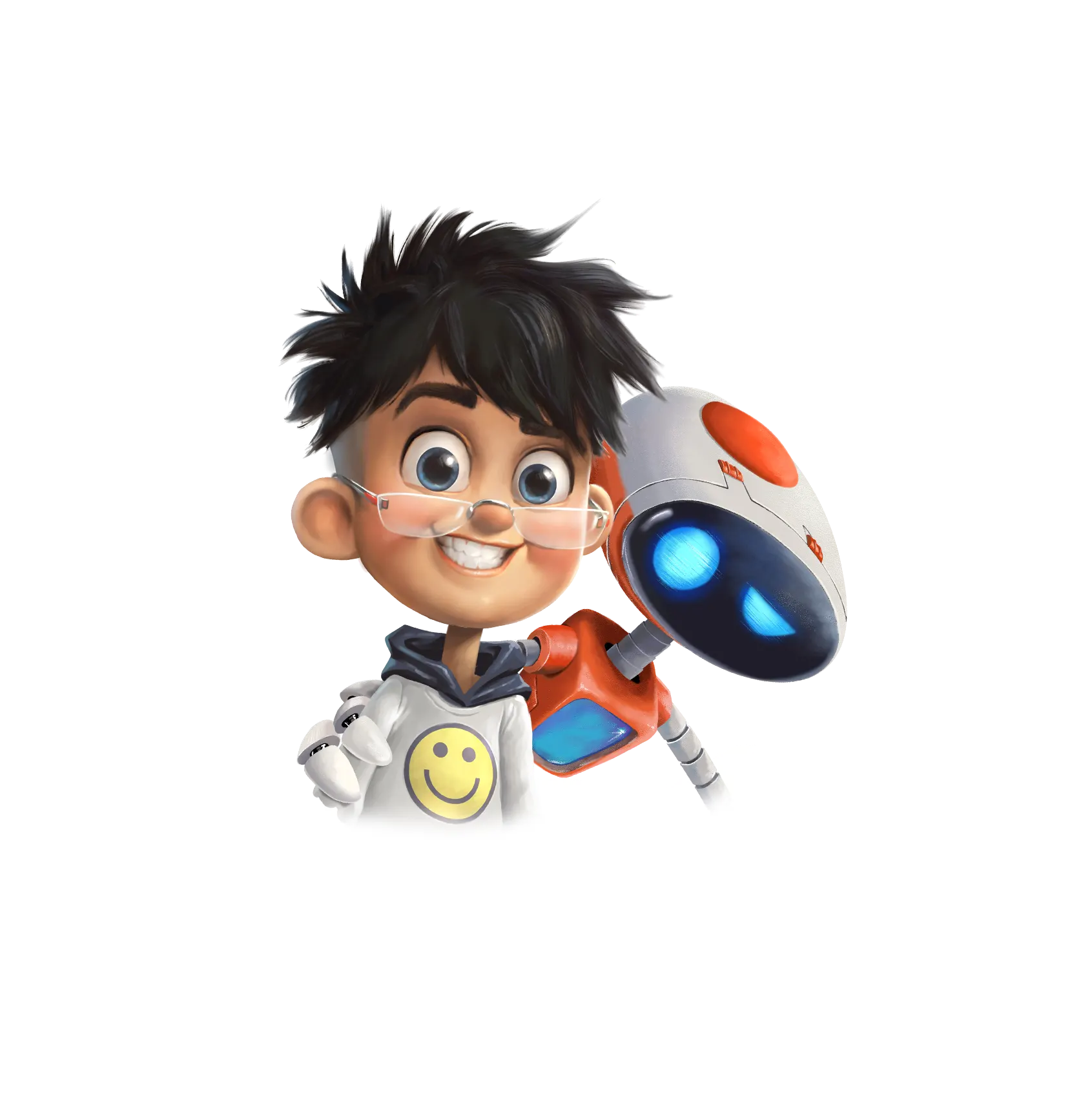With their extensive animation library, streaming services have quickly become the preferred method of entertainment for people all over the globe. A condition known as “subscription fatigue” is plaguing viewers due to the proliferation of subscription-based platforms. With so many options, animation creators now face the triple whammy of trying to stand distinct, win over devoted audiences, and stave off the inevitable Hopper Stoppers.
Getting a Handle on Subscription Fatigue:
Envision yourself navigating through an infinite number of animated shows, all competing for your attention. Exclusive titles and varied libraries entice you, but the sheer amount is too much. You join a handful, but you end up rarely using them all since you’re often switching between platforms, much like a channel surfer in the internet era.
That sums up a Hopper Stopper—a viewer who jumps around from one subscription service to another, never settling down with just one. Since viewers are always on the go, this is a huge problem for animation creators trying to establish a steady fan base.
Advice for Creators:
So, how can animation companies win back viewers’ hearts (and subscriptions) in the face of subscription fatigue? Here are a few important points:
1. Get Your Content Ready for the Digital Age:
Nowadays, making good animation isn’t enough. Content creators should study how viewers interact with their material across devices. Create high-quality, compelling stories that can be streamed on digital and SVOD platforms. Make sure your offerings are diversified and can be enjoyed on both big and small screens.
2. Pick Your Collaborators With Care:
There is a noticeable difference throughout streaming platforms. Cooperate with sites that will help you reach your audience through the material you create. In your search for an animation community, prioritize those with high exposure, promotional backing, and a dedicated fan following. Attracting and keeping viewers can be greatly improved with the appropriate cooperation.
3. Develop an Overarching Strategy for Promotion:
Make sure nobody can miss your incredible animation. Create a solid advertising plan that makes use of targeted ads, influencer collaborations, and social media. Make riveting promos, give viewers a peek behind the scenes, and design engaging experiences to get people to subscribe.
Foster a Devoted Audience:
Never forget that retaining viewers is even more important than obtaining them. Make sure your material is addictive enough to make people want to binge-watch it. Build immersive tales that attract and retain fans by encouraging community interaction and actively listening to fan input.
Where Animation Is Headed:
To succeed in the ever-changing digital world, animation makers must be able to handle subscription fatigue. The business is going through a period of transition. To keep their shows relevant in the ever-growing streaming entertainment industry, animation studios may convert Hopper Stoppers into devoted fans by captivating content creation, smart partner selection, and efficient marketing campaigns.
Having the most shows isn’t important; what matters is having shows that your audience enjoys. Animation producers may make engaging, motivating, and entertaining material by listening to their audience and responding to current developments in the industry.


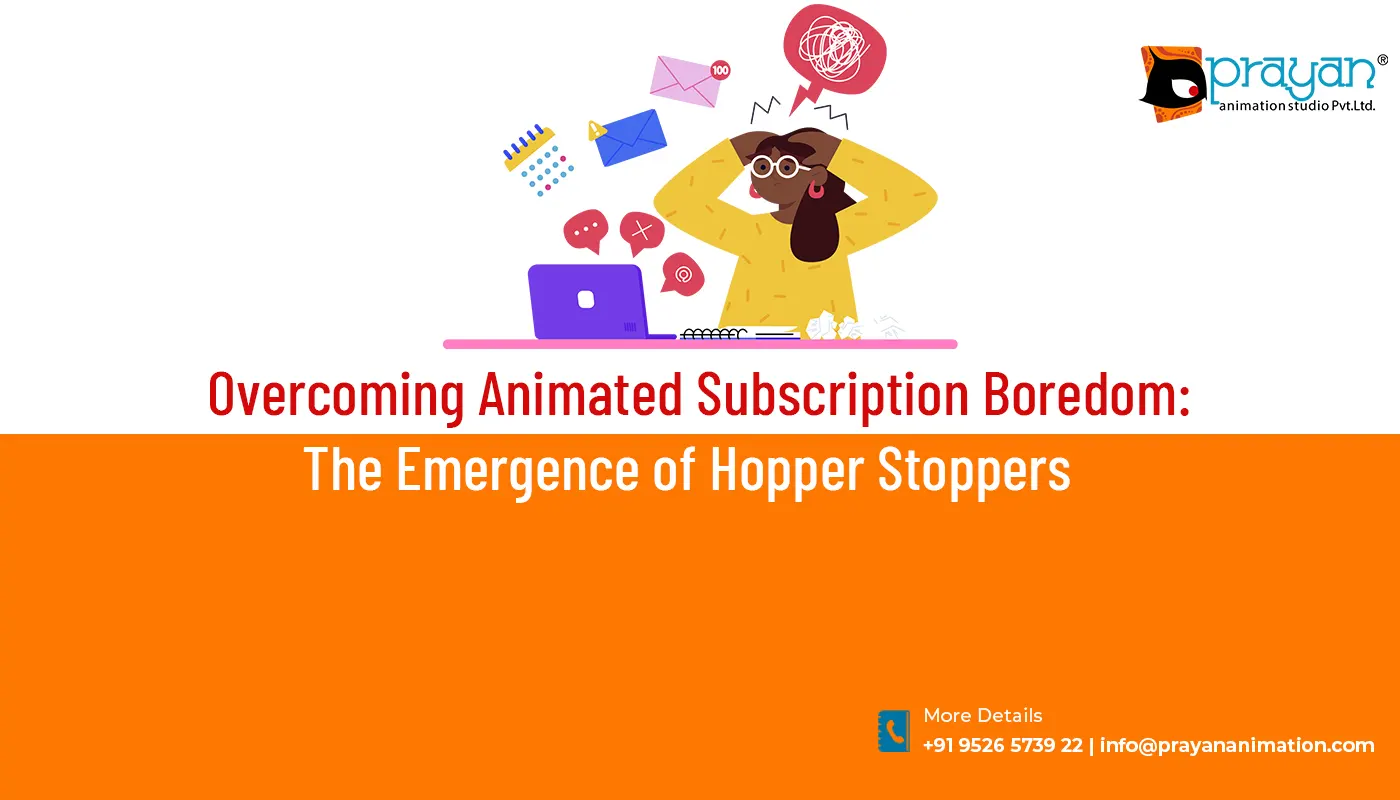


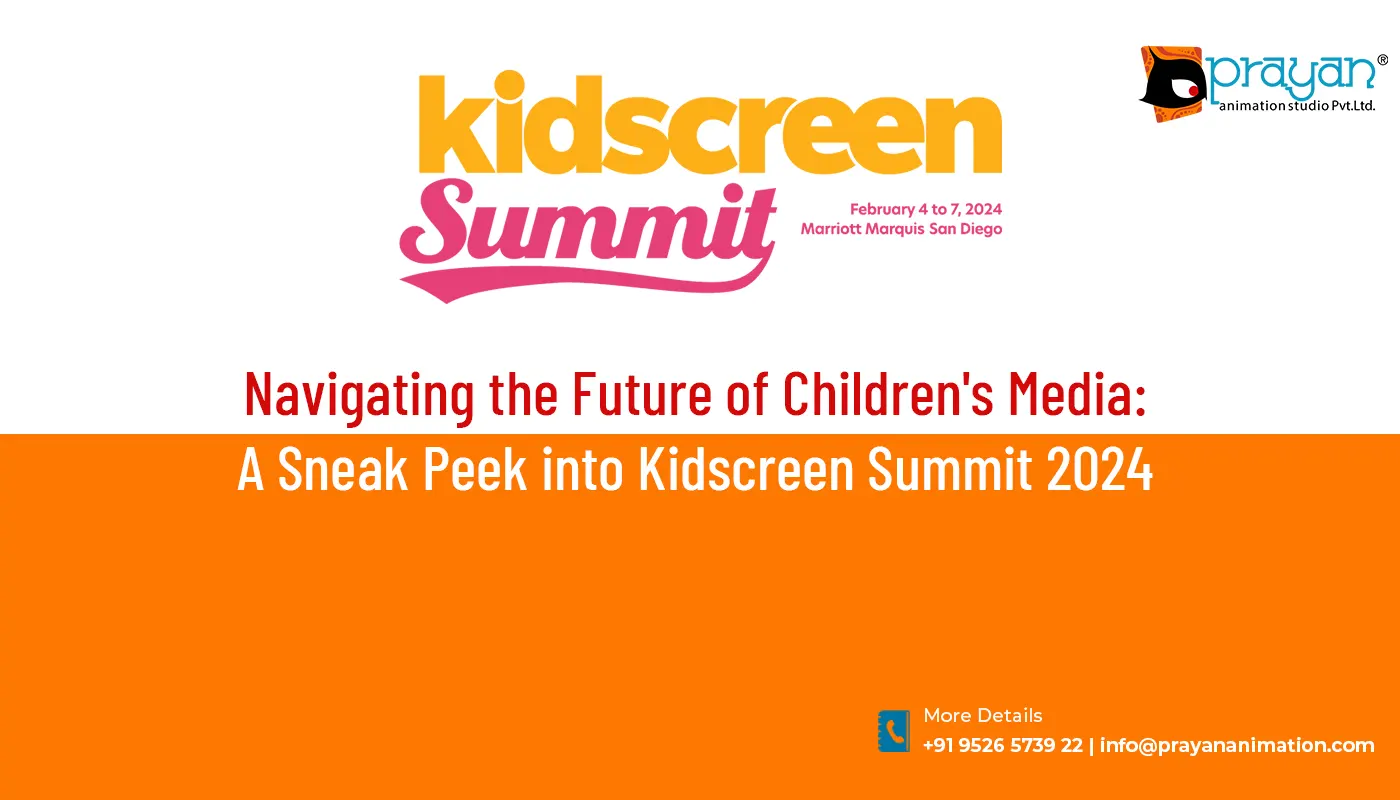


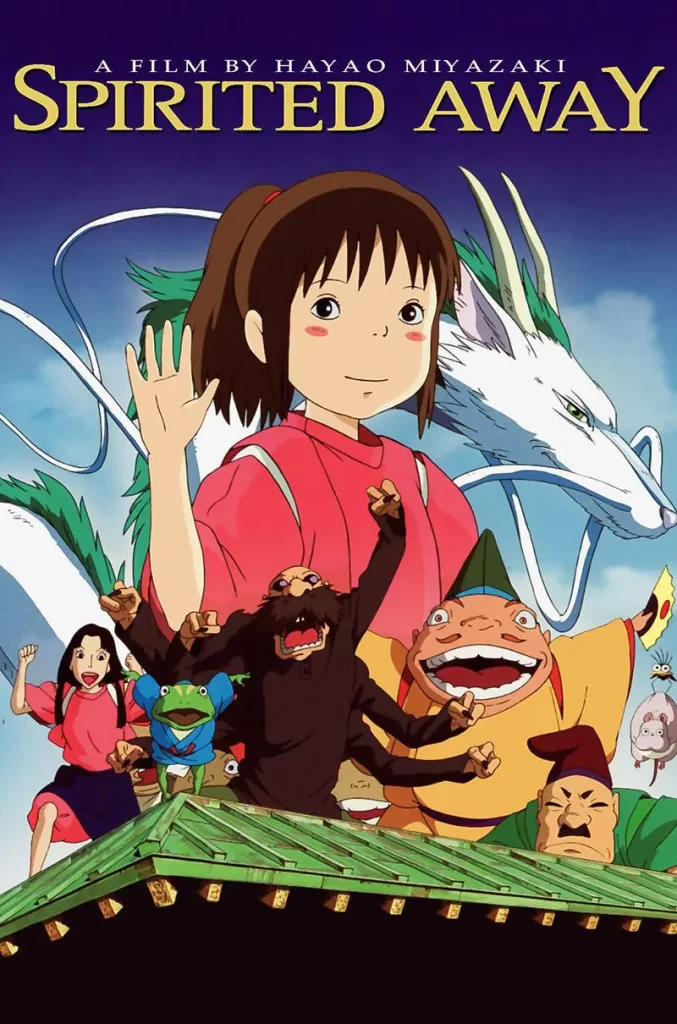
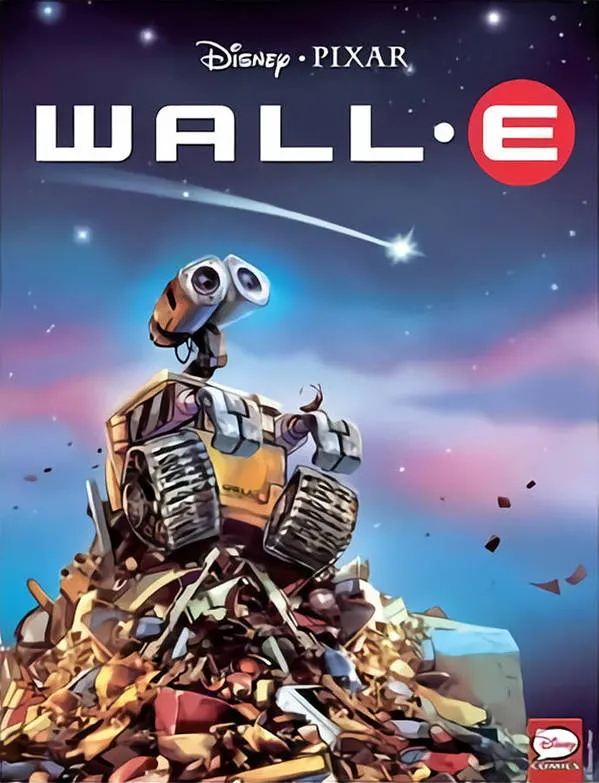
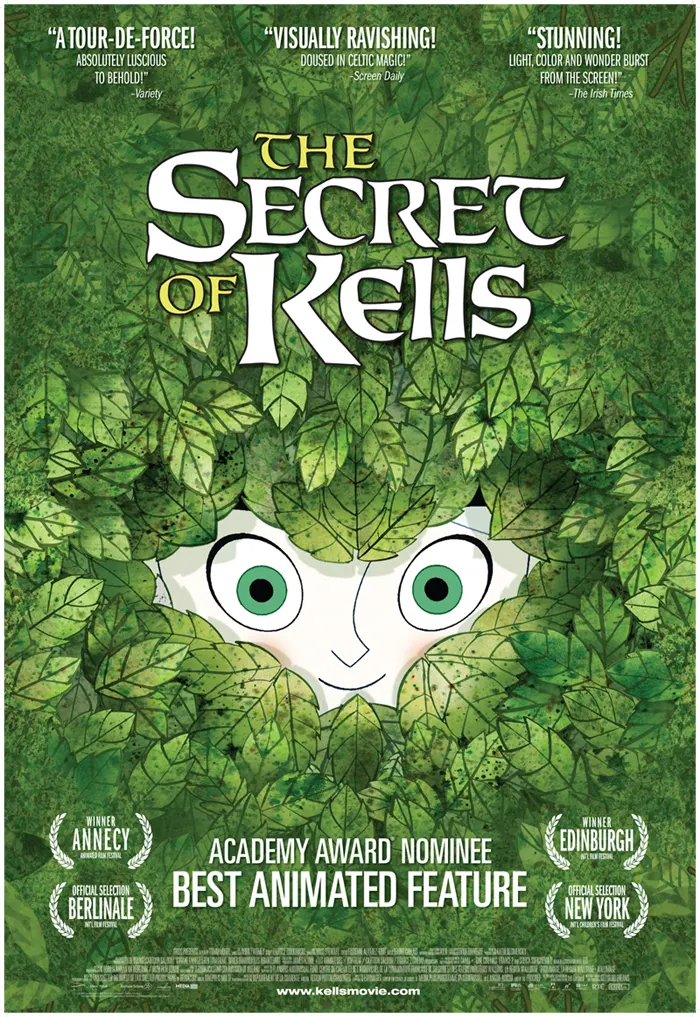
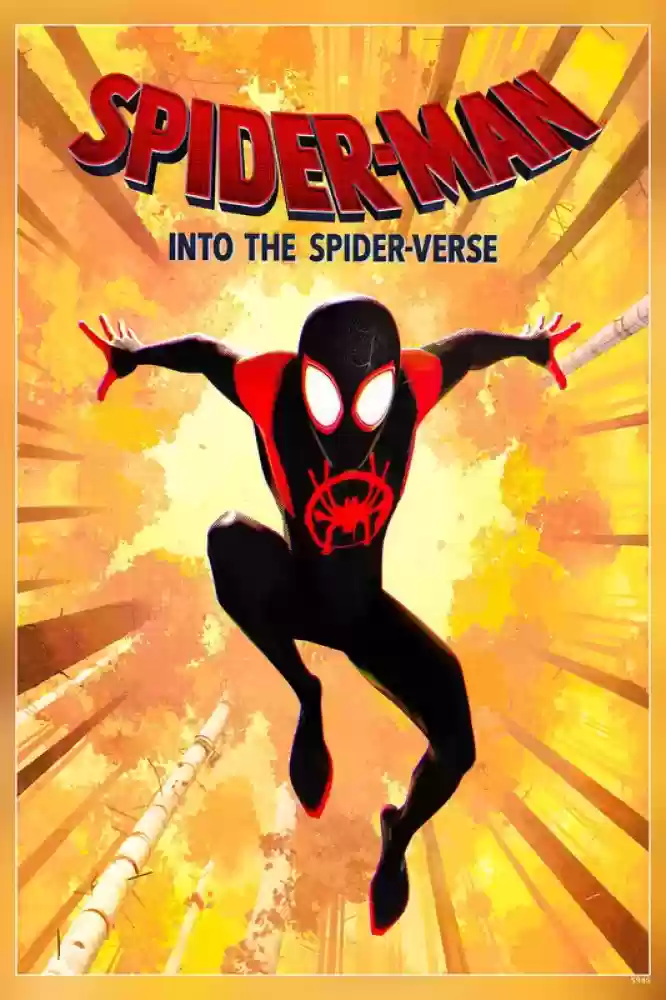
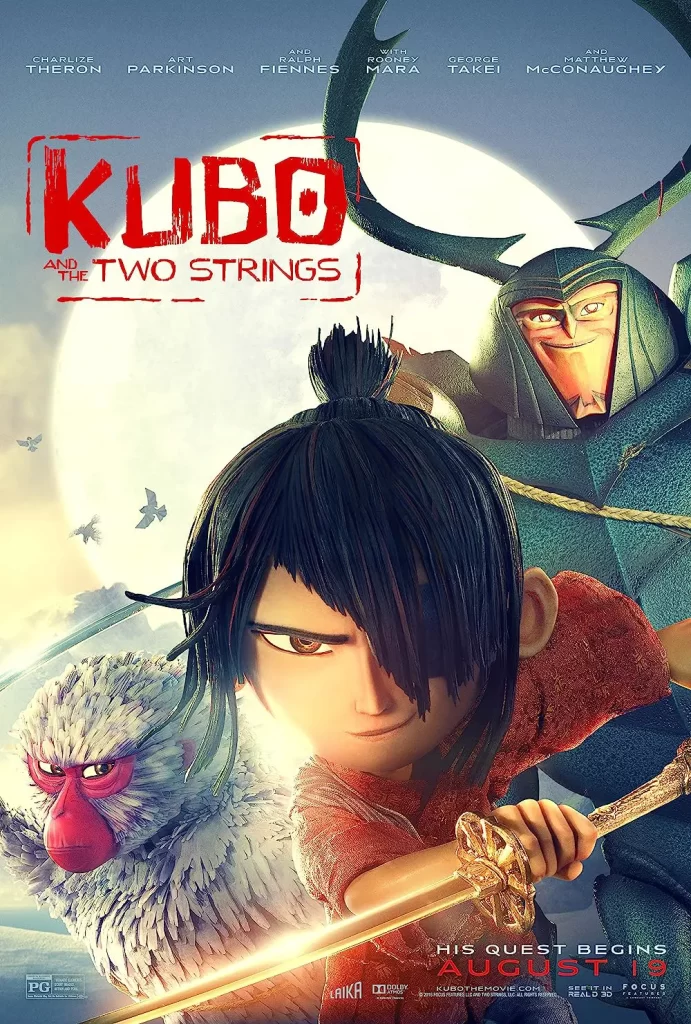

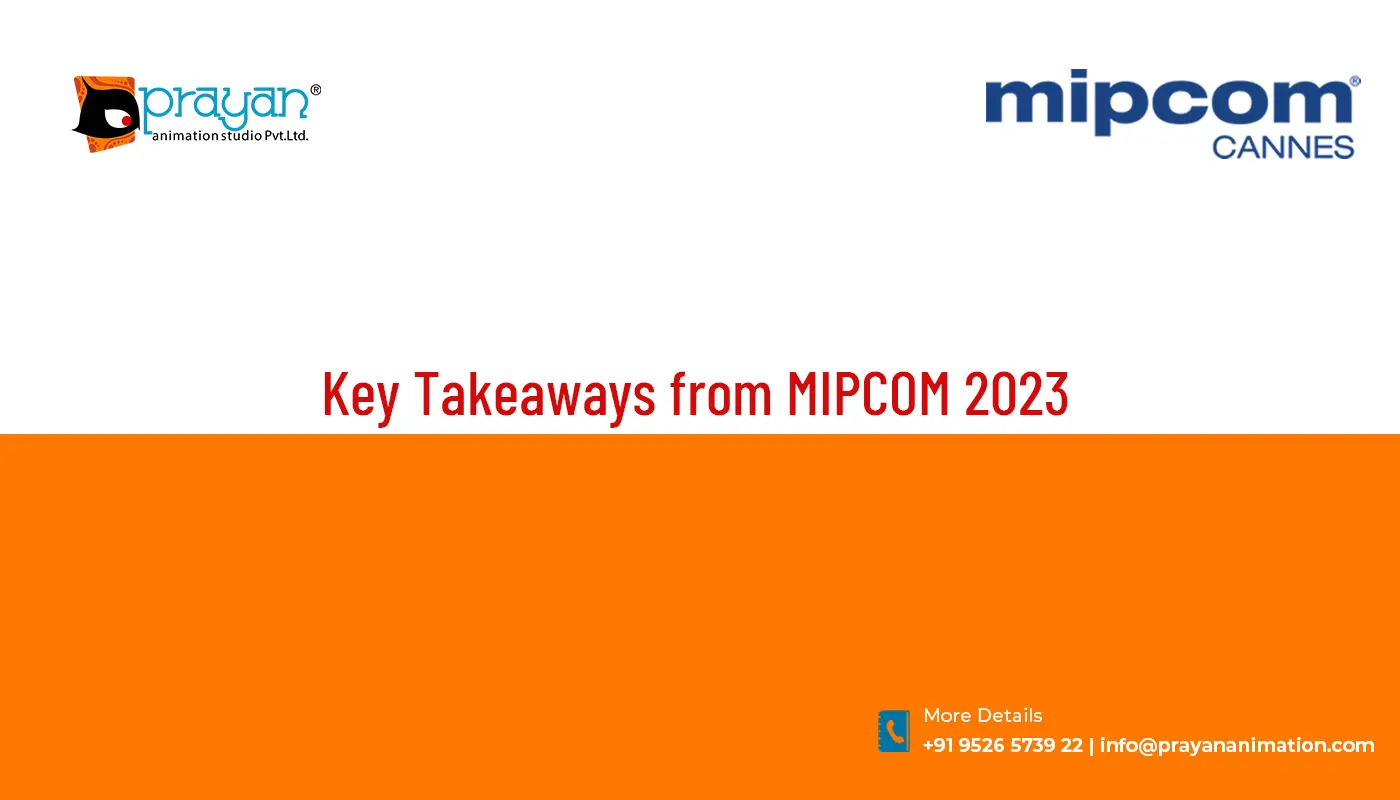
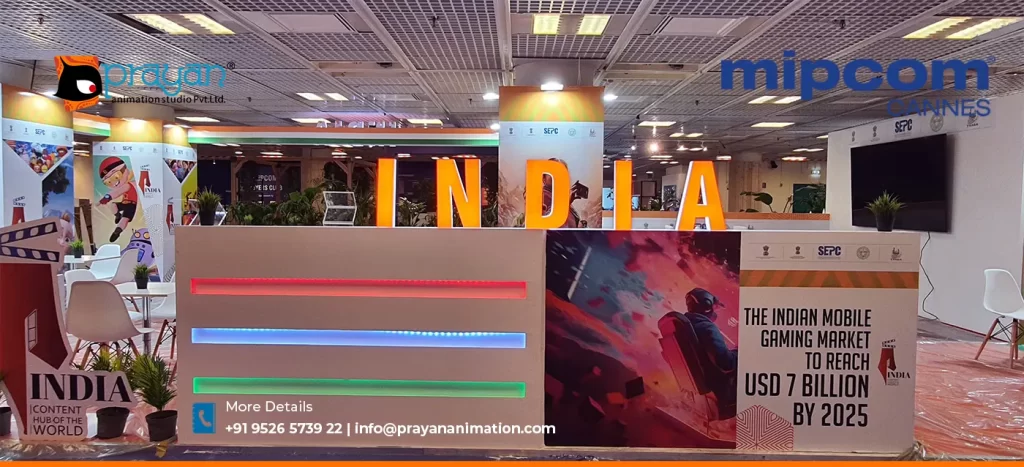
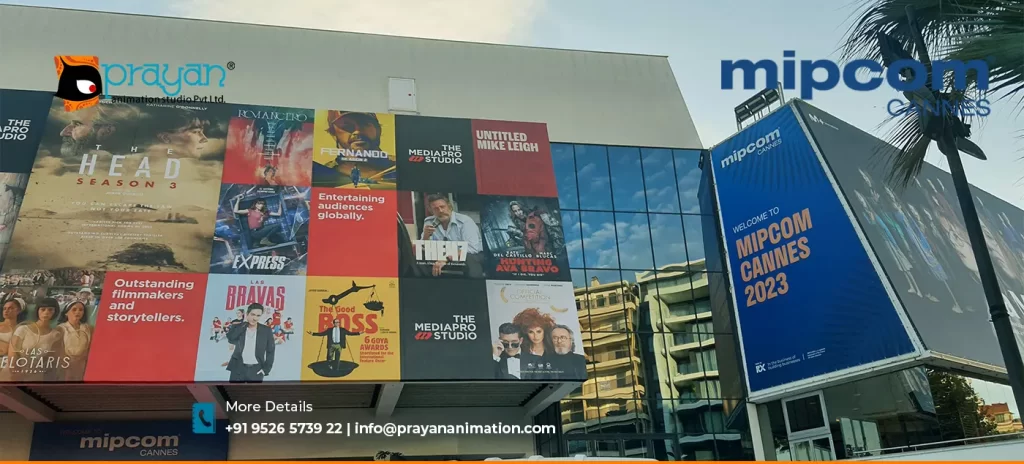
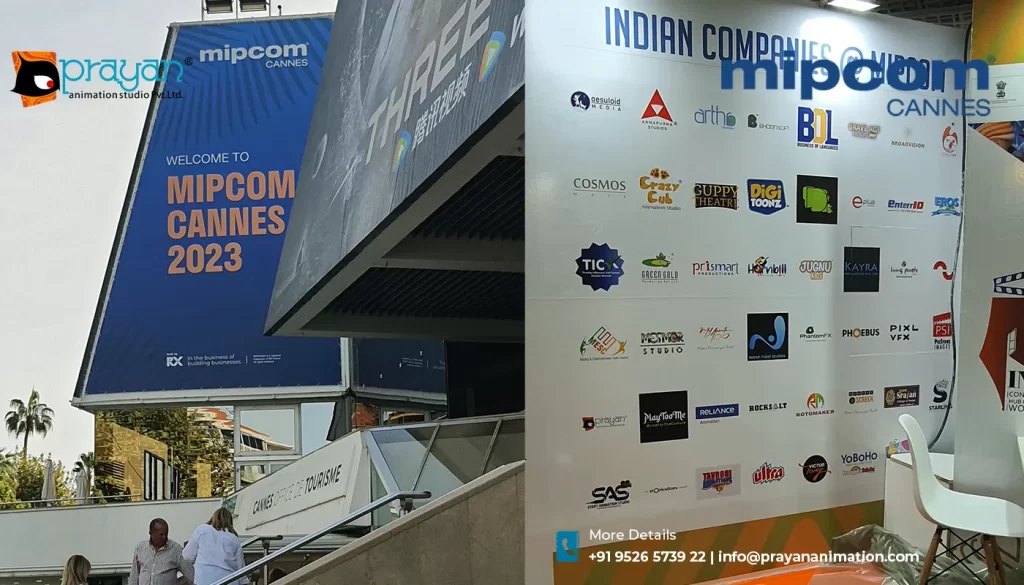

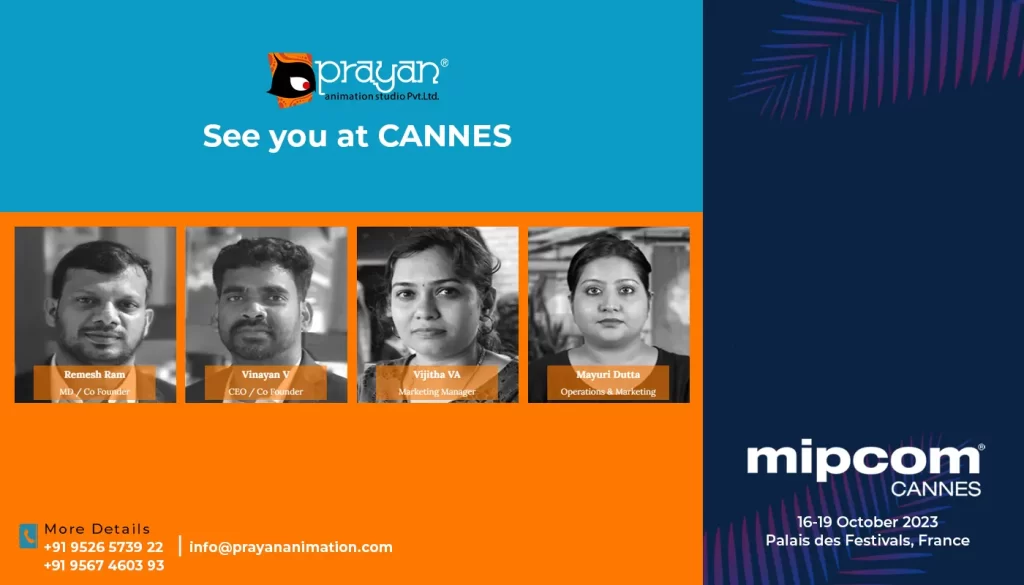
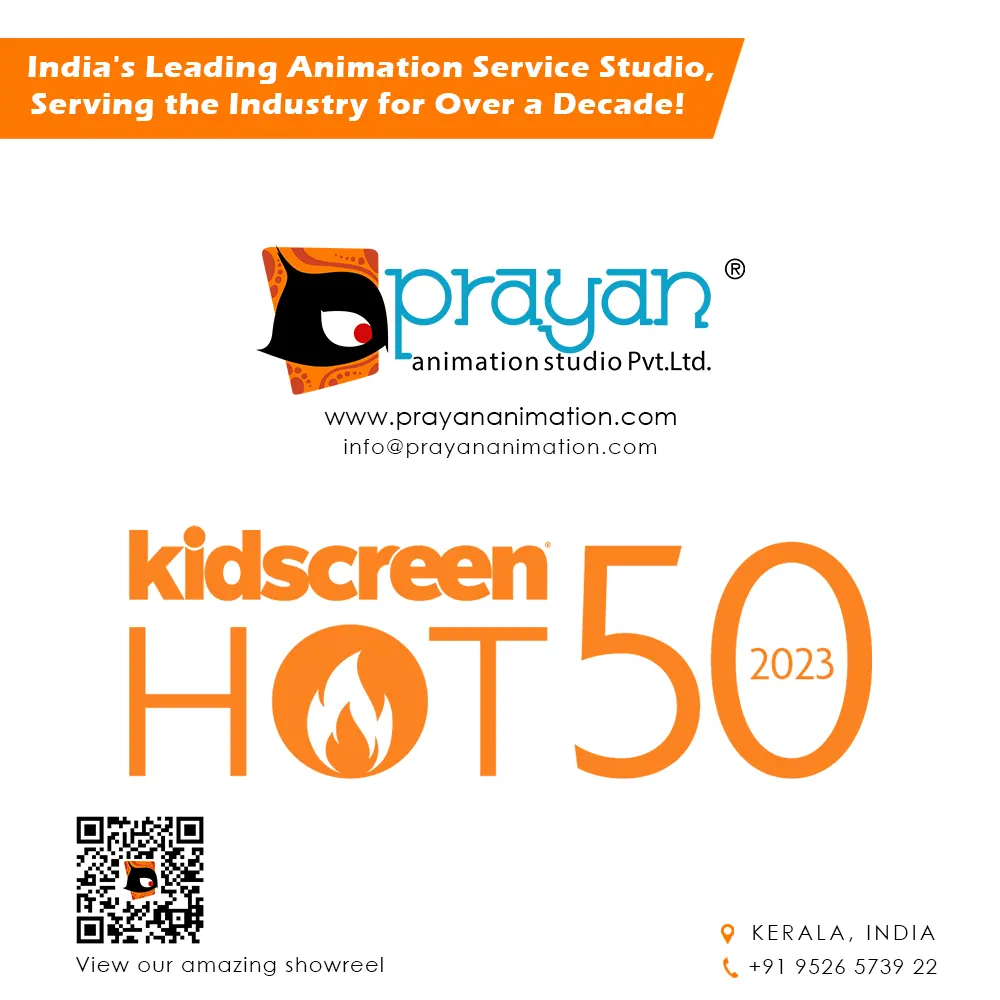

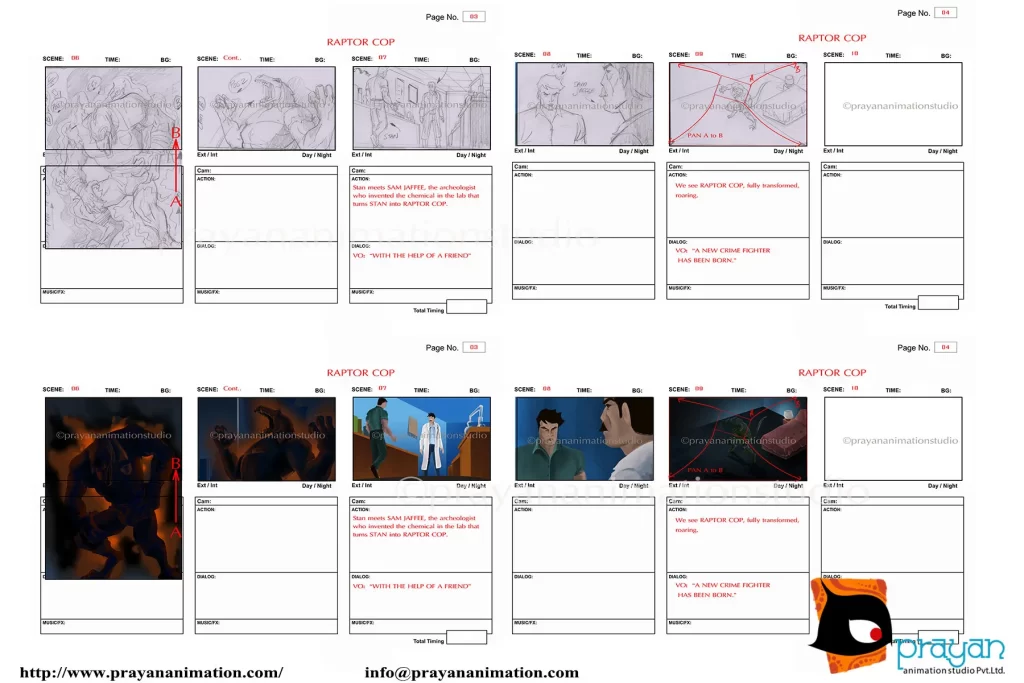
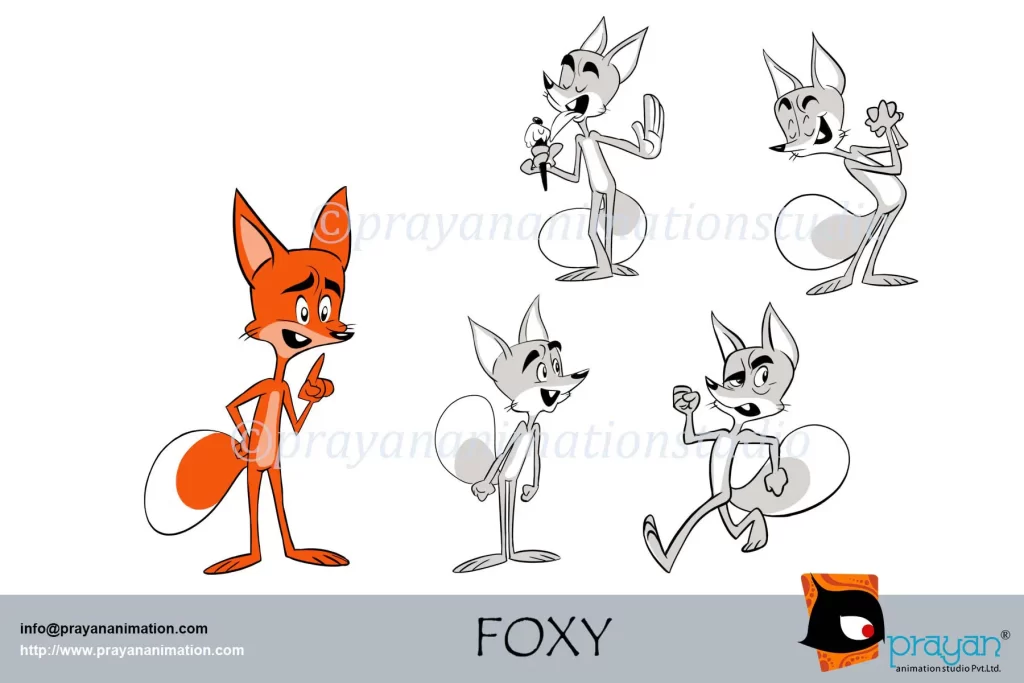

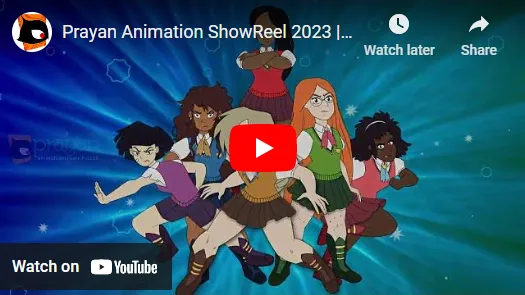
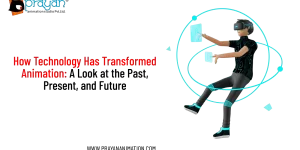
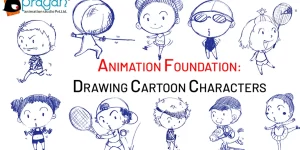
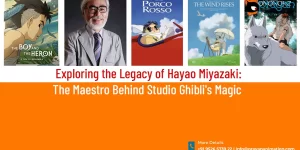

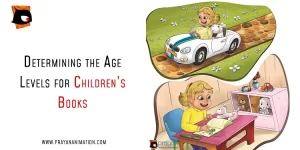
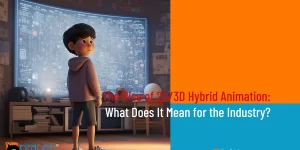

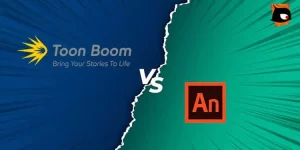

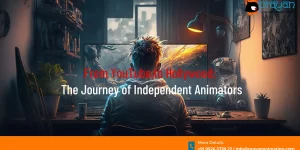
 We can help you.
We can help you. 


